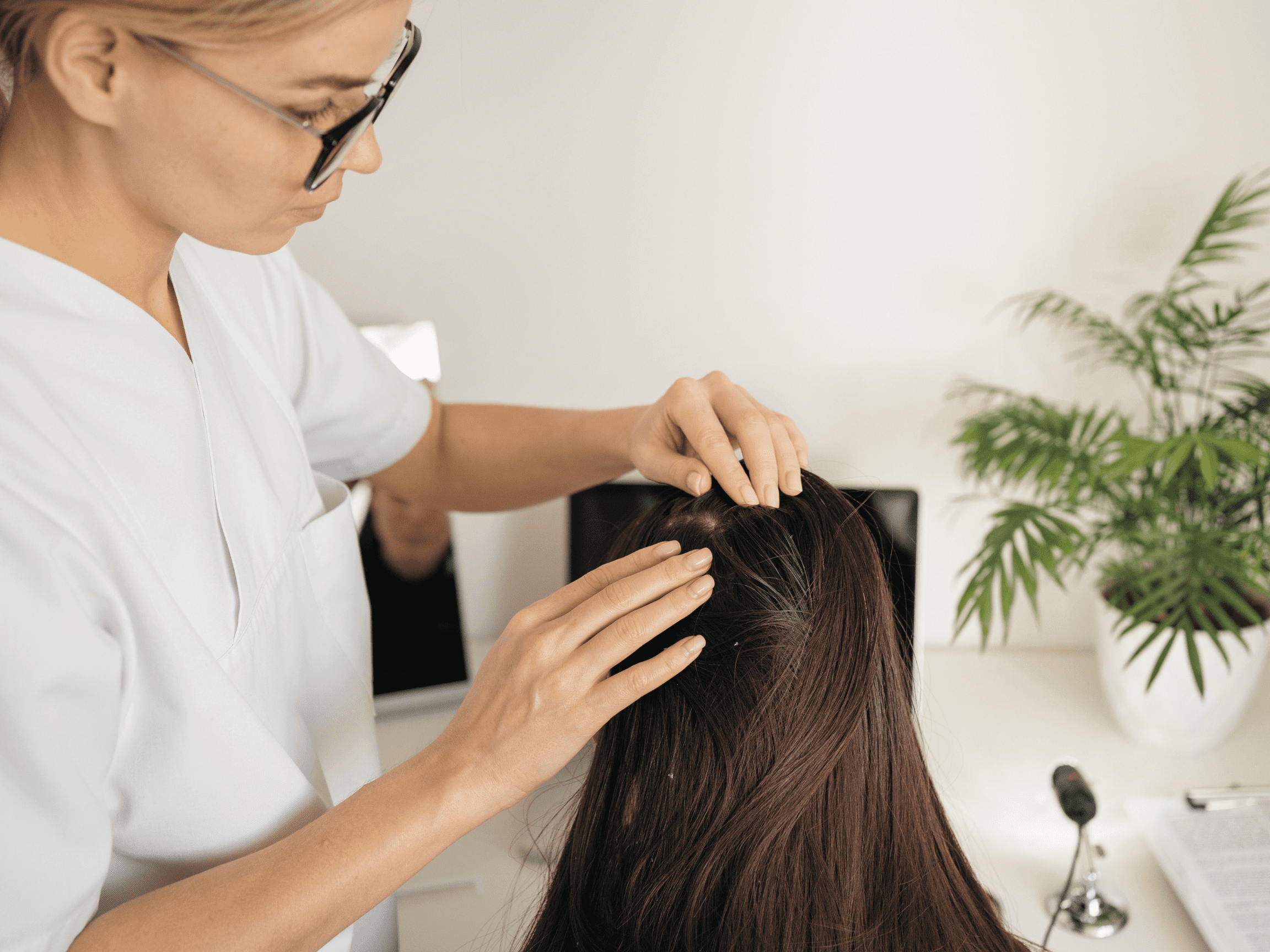
Summary by Dr. Karen Angelica Guerrero, Hair Medical Restoration
Androgenic alopecia (AGA) is the most common type of hair loss and affects up to 80% of men and 50% of women in their lifetime. The typical pattern for men is a loss of hair at the temporal, frontal, and vertex areas of the scalp, graded by the Hamilton-Norwood Scale, while affected women typically experience a diffuse thinning of hair at the crown, graded by the Ludwig System. Affected patients may experience decreases in quality of life, loss of confidence, poor self-image, and depression with societal withdrawal.
Established therapies for AGA include oral finasteride, laser therapy, and topical minoxidil, this medication sometimes can include side effects including decreased libido, erectile dysfunction. Plateleth-Rich Plasma (also known as PRP) is a novel treatment that has shown promise in treating AGA since research began one decade ago.
PRP is an autologous product that is low risk and low down- time.
To prepare it, a venous blood draw is performed with a vacuum tube, centrifugation is performed to separate the sample into component parts of red blood cells, the leukocyte containing buffy coat, and the supernatant, and we can extract the less dense platelet- poor- plasma is often delineated as the top two-thirds of the supernatant while the more dense PRP is bottom one-third.
The activation of platelets, whether physiologic or following the addition of a platelet activator, results in the release of over 30 growth factors and cytokines from primarily alpha granules. Standard blood contains 16-50% of the platelet concentration of PRP, and the growth factors and cytokines released from platelets modulate cellular functions including angiogenesis and inflammatory cascades.
In this study, the publications that were included: peer reviewed, using PRP treatment to treat AGA, published in English, and had a minimum follow up for one month. Excluded studies were: studies with less than 10 total patients, studies with the absence of significant demographic information, studies applying PRP without injection or microneedling and studies on non- AGA form of alopecia.
The article selection resulted in 808 records being identified from database searches. After 135 duplicates were removed, a screen of 673 articles by title and abstract resulted in 38 articles eligible and the exclusion of 8 articles for reasons.
Meta-analysis of hair density data from 5 randomized controlled trials demonstrates that groups treated with PRP had statistically significantly increased hair density as compared to baseline.
Meta-analysis of hair density data from 4 randomized controlled trials demonstrates that groups treated with PRP had statistically significantly greater hair density than control.
And another meta- analysis of hair thickness data from 2 significantly heterogeneous groups of randomized controlled trials demonstrated that groups treated with PRP had statistically significantly increased hair thickness as compared to baseline.
The meta-analysis demonstrated that PRP treatments significantly increased both hair density and hair thickness. The hair density represents a 20% increase in hair coverage before accounting for hair thickness. The thickness meta-analysis contained a limited number of studies demonstrating that PRP increases the thickness by 49%. The combined effect of a 20% increase in hair density and a 49% increase in hair thickness result in a 79% increase in hair coverage following treatment with PRP.
Comparison to other Non-surgical Treatment, FDA approved treatment modalities, minoxidil, finasteride and low- level laser light treatment were all shown to be effective treatments for specific demographic of patients suffering from AGA. When comparing the results of our meta-analysis of PRP to the FDA approved treatments, PRP appears to be as effective, if not more effective.
The very minimal and transient side effects of PRP injection like pain or pinpoint bleeding are highly favorable compared to the potential effects of approved treatments which include decreased libido, erectile dysfunction, and impaired hepatic function.
Autologous PRP is an effective treatment for increasing hair density and hair thickness in AGA. Compared to other approved treatments, PRP appears to be more effective and is also a treatment option that lacks serious adverse effects. As a new treatment option, many opportunities exist for future research.
More large studies are needed to evaluate the effect on hair thickness, to optimize treatment protocols, to investigate variability between different study populations, and to compare PRP with the other approved non-surgical treatment modalities for AGA.
Evans, A., Mwangi, J. M., Pope, R. W., Ivanic, M. G., Botros, M., Glassman, G. E., Pearce, F. B., & Kassis, S. (2020). Platelet-rich plasma as a therapy for androgenic alopecia: A systematic review and meta-analysis. Journal of Dermatological Treatment, 33(1),498-511.


